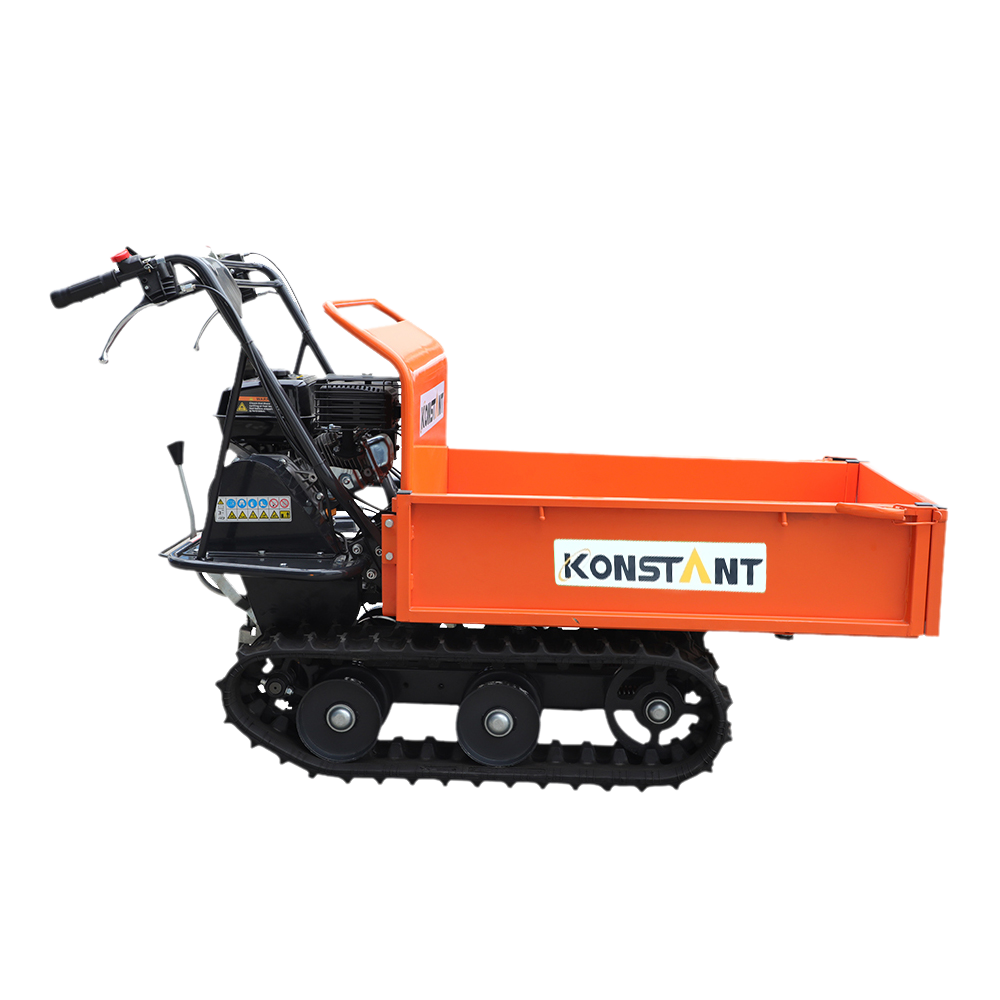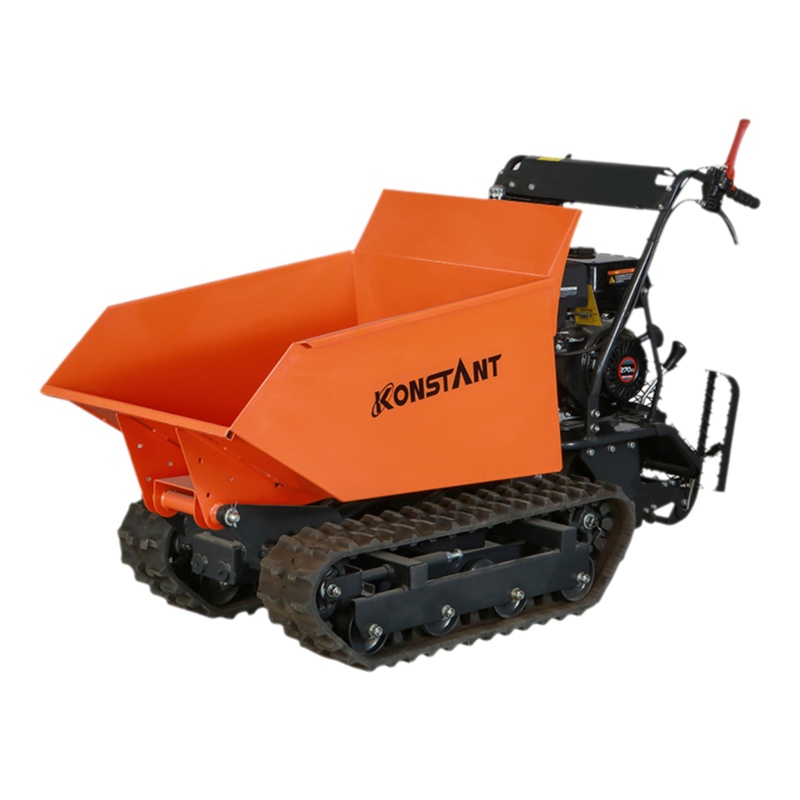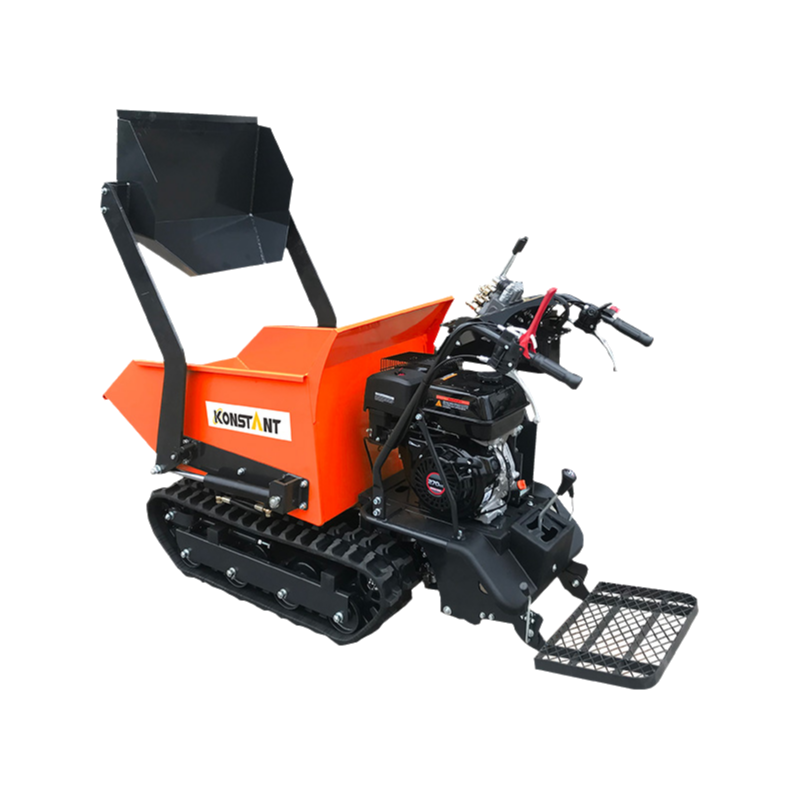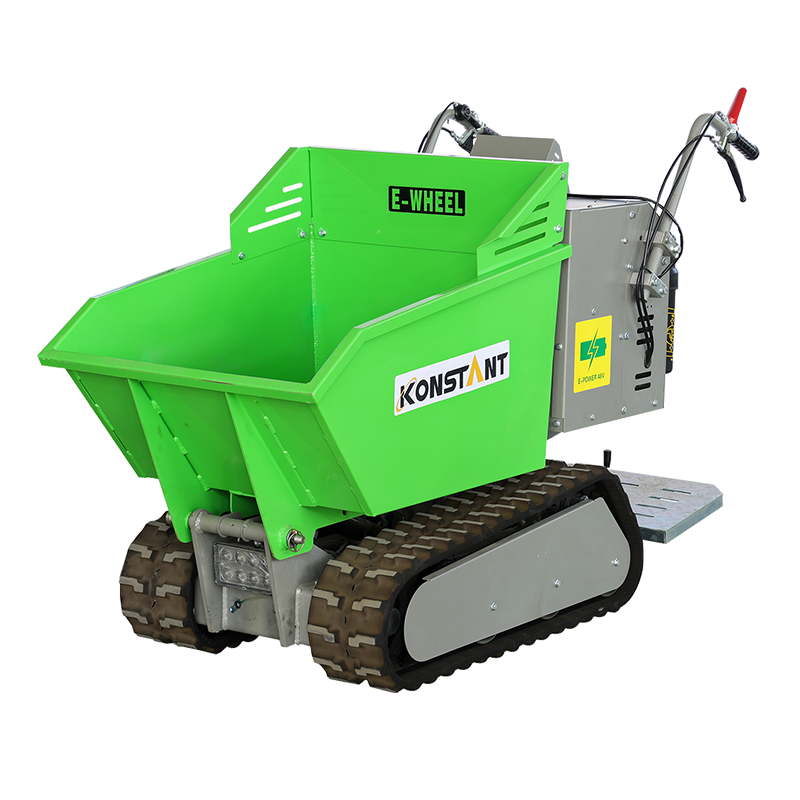Provide you with the latest enterprise and industry news
How Are Motor Wheelbarrow Manufacturer Practices Shaping a Sustainable Future
Posted by Admin
Innovations and Sustainability in Motor Wheelbarrow Manufacturing
The equipment industry has undergone significant changes in recent years, and the production of motorized wheelbarrows is no exception. Shifts in design, efficiency, and environmental responsibility have created new standards for manufacturers and users alike. This article explores how innovations are reducing labor demands while increasing efficiency, and how sustainable practices are shaping the future of this industry.
Innovation and Reduced Labor Effort
Innovation in motorized wheelbarrow design has been driven by the need to minimize physical strain and maximize productivity. Each motor wheelbarrow manufacturer has sought new ways to address the challenges faced by workers in construction, landscaping, and agriculture.
By integrating power assistance, balanced design, and versatile loading systems, these machines help reduce manual effort during material handling. The goal is not only to make tasks easier but also to enhance workplace efficiency.
Other improvements include ergonomic designs that take into account the user's comfort during prolonged use. This focus demonstrates how innovation can balance functionality with user experience.
Efficiency as a Core Objective
Efficiency is another key driver in this field. Streamlined operations mean less time spent moving heavy loads, which can improve project timelines. Manufacturers are exploring ways to optimize machine performance without unnecessary complexity, making the equipment reliable across a range of applications.
Digital tools, such as monitoring systems, are also starting to play a role. They can provide data about performance, usage, and maintenance, helping businesses make informed decisions about equipment care.
Trends in Sustainability
Sustainability has become an essential part of modern equipment production. This shift is visible in the choice of materials, manufacturing methods, and long-term product strategies.
| Sustainability Focus | Practice | Outcome |
|---|---|---|
| Materials | Recyclable or responsibly sourced components | Reduced environmental impact |
| Energy | Improved power efficiency and cleaner energy options | Lower emissions |
| Longevity | Durable designs with repair options | Extended product lifespan |
| Production | Waste reduction and resource optimization | More sustainable operations |
| Transparency | Open communication about sourcing and policies | Increased buyer trust |
These practices are not just about meeting regulations. They also resonate with environmentally aware buyers who prioritize responsible products.
Market and Community Impacts
Manufacturers adopting sustainable and innovative approaches are seeing benefits beyond the factory. Communities benefit from cleaner production methods, while buyers gain equipment that balances usability with long-term responsibility.
In addition, businesses that integrate sustainability into their operations often strengthen their reputation in the marketplace. This combination of practical efficiency and environmental responsibility contributes to steady growth and resilience.
The Road Ahead
The future of motorized wheelbarrow manufacturing lies at the intersection of innovation and sustainability. From digital integration to circular economy models, manufacturers are exploring how to refine their products while reducing their environmental footprint.
New materials, energy-efficient power systems, and greater transparency are likely to define the next generation of these machines. Together, these efforts reflect an industry that is adapting to global challenges while staying focused on practical, everyday needs.
The evolution of motorized wheelbarrow production illustrates how industries can balance innovation with responsibility. By reducing labor effort, improving efficiency, and embracing sustainability, manufacturers are setting a path toward a more effective and environmentally conscious future.

 English
English русский
русский Français
Français Español
Español Deutsch
Deutsch















